
Seven Summits: Explore the Highest Peak on Every Continent
Conquering the Seven Summits is the ultimate bucket-list challenge for many adventurers. Imagine standing atop the highest peak of each continent, gazing at the world from a vantage point few have ever experienced. The Seven Summits journey takes you from the icy heights of Mount Everest in Asia to the tropical base of Kilimanjaro in Africa.
For adventure lovers, climbers, and explorers, summiting all these peaks is an extraordinary achievement that tests physical endurance, mental grit, and a love for the wild. This blog dives deep into the Seven Summits, the debates surrounding their selection, and how Maximilian Adventures can guide you up Kilimanjaro, the highest peak in Africa.
The Concept of the Seven Summits
The idea of the Seven Summits Challenge can be traced back to William Hackett, an American mountaineer who, in 1956, had already conquered Mont Blanc, making him one of the first to climb peaks on five continents. Before Mont Blanc, Hackett had tackled Denali, Aconcagua, Kilimanjaro, and Kosciuszko. His ambition included attempts on Mount Vinson and Everest, though he faced challenges with frostbite and funding. Hackett’s pioneering spirit inspired others, and while he didn’t complete the Seven Summits himself, his efforts laid the groundwork for the challenge’s popularization.
It was Richard Bass who formally completed the Seven Summits in 1985. Bass had already climbed six of the peaks by 1983—Aconcagua, Denali, Kilimanjaro, Elbrus, Vinson, and Kosciuszko—before summiting Mount Everest to achieve the full list. His accomplishment brought significant attention to the Seven Summits Challenge, making it a sought-after goal for climbers worldwide.
The Debate: Which Seven Summits List is Correct?
The Seven Summits is more than just a list of the tallest peaks on each continent. There’s an ongoing debate about which mountains should be included, especially when it comes to Australia and Europe.
The Bass List
The original list, proposed by Richard Bass, includes Mount Kosciuszko in Australia and Mount Elbrus in Europe. This is the list most commonly referred to in early discussions about the Seven Summits challenge.
The Messner List
Shortly after Bass completed the Seven Summits, Reinhold Messner, one of the most respected mountaineers in history, suggested an alternative list. He replaced Mount Kosciuszko with Puncak Jaya (Carstensz Pyramid) in Indonesia. Messner argued that Puncak Jaya, located in the Australasian region, is a more appropriate representation of the highest peak in Oceania.
William Hackett List
William Hackett, who began climbing peaks on different continents as early as 1947, proposed a different list. He suggested Mont Blanc as the highest peak in Europe, rather than Mount Elbrus. Many argue that Mont Blanc should be included because of its significance and popularity in the mountaineering world.
So, which one is the “correct” Seven Summits?
Many climbers aim to summit both Kosciuszko and Puncak Jaya, or Mont Blanc and Elbrus, but the choice depends on personal goals and how the Seven Summits are defined.
With no definitive answer, these different lists offer flexibility for adventurers to tailor their Seven Summits journey according to their own ambitions.
An In-Depth Look at Each Peak
Let’s take a closer look at each of the Seven Summits, the challenges they pose, and why they attract adventurers from around the world.
| Peak | Elevation | Continent | Country |
| Mount Everest | 8,849 m / 29,032 ft | Asia | Nepal |
| Aconcagua | 6,961 m / 22,838 ft | South America | Argentina |
| Denali | 6,194 m / 20,322 ft | North America | USA |
| Kilimanjaro | 5,895 m / 19,341 ft | Africa | Tanzania |
| Mount Elbrus | 5,642 m / 18,510 ft | Europe | Russia |
| Mount Vinson | 4,892 m / 16,050 ft | Antarctica | – |
| Puncak Jaya | 4,884 m / 16,024 ft | Australia | Indonesia |
| Mont blanc | 4,810 m / 15,781 ft | Europe | France, Italy |
| Mount Kosciuszko | 2,228 m / 7,310 ft | Australia | Australia |
1. Mount Everest, Asia

- Location: Nepal/China (Tibet Border)
- Height: 8,849 meters (29,032 feet)
Mount Everest is not only the tallest mountain in Asia but the tallest in the world. Known for its majestic and deadly allure, climbing Everest is the ultimate achievement for professional mountaineers.
Challenges: Climbing Everest is not for the faint-hearted. The mountain’s greatest challenge is its extreme altitude. As climbers ascend above 8,000 meters, they enter the “Death Zone,” where the air is so thin that even breathing with supplemental oxygen is exhausting. The weather on Everest is notoriously unpredictable, with sudden snowstorms and avalanches posing significant risks. The technical difficulty varies depending on the route, but climbers must traverse dangerous crevasses, steep ridges, and the Khumbu Icefall, a maze of unstable ice blocks.
Despite the risks, Everest continues to attract climbers due to its status as the highest peak on Earth. Summiting Everest is the ultimate symbol of mountaineering prowess.
2. Aconcagua, South America
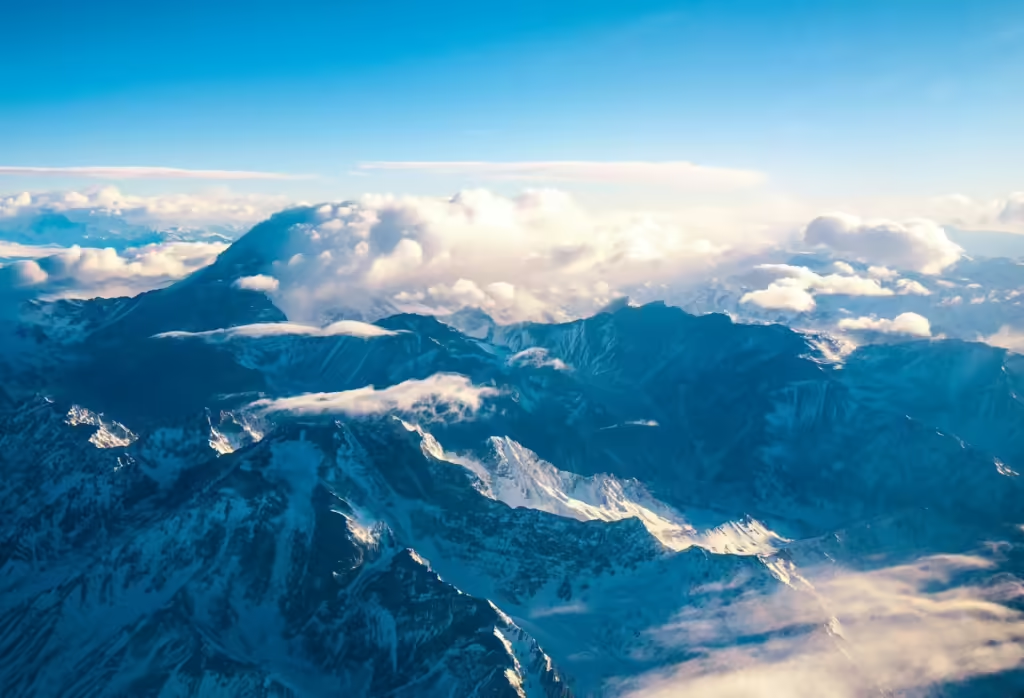
- Location: Argentina
- Height: 6,961 meters (22,838 feet)
As the highest mountain in South America and the tallest peak outside of Asia, Aconcagua holds a special place in the hearts of adventurers. Located in Argentina’s Andes mountain range, Aconcagua is often referred to as the “Stone Sentinel” due to its imposing stature.
Challenges: While Aconcagua is a non-technical climb, its altitude presents a major challenge. At nearly 7,000 meters, it’s a serious high-altitude trek, and climbers frequently suffer from altitude sickness. The climb itself is a long, arduous walk, but unpredictable weather conditions—especially high winds known as “Viento Blanco”—can turn the trek into a dangerous endeavor.
The appeal of Aconcagua lies in its accessibility for trekkers who are looking to push their limits without the technical demands of peaks like Everest or Denali. However, the sheer scale of the mountain and the barren, rugged landscape make it an awe-inspiring and challenging adventure.
3. Denali, North America
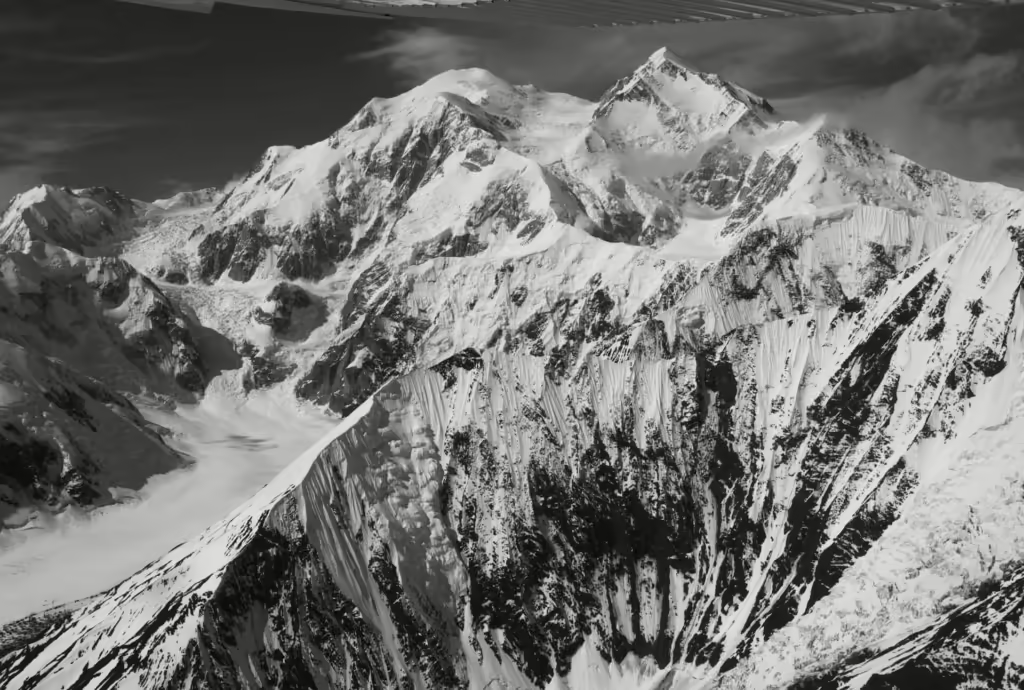
- Location: Alaska, USA
- Height: 6,194 meters (20,322 feet)
Formerly known as Mount McKinley, Denali is the highest peak in North America and is often considered one of the most difficult climbs in the world due to its extreme weather conditions and remote location. Denali’s name, meaning “The Great One” in the native Koyukon language, is fitting for this colossal and imposing mountain.
Challenges: Denali’s primary challenge comes from its harsh environment. The mountain’s position in Alaska makes it subject to some of the coldest temperatures of any of the Seven Summits, with wind chills dropping as low as -40°C (-40°F). Climbers must navigate crevasses, steep ice slopes, and extreme weather, often carrying heavy loads over long distances.
Another unique factor is the altitude—though Denali is “only” 6,194 meters tall, its proximity to the Arctic Circle means that it’s closer to sea level than peaks like Everest. This creates a steeper elevation gain, making the climb feel much higher than its official altitude suggests.
4. Kilimanjaro, Africa
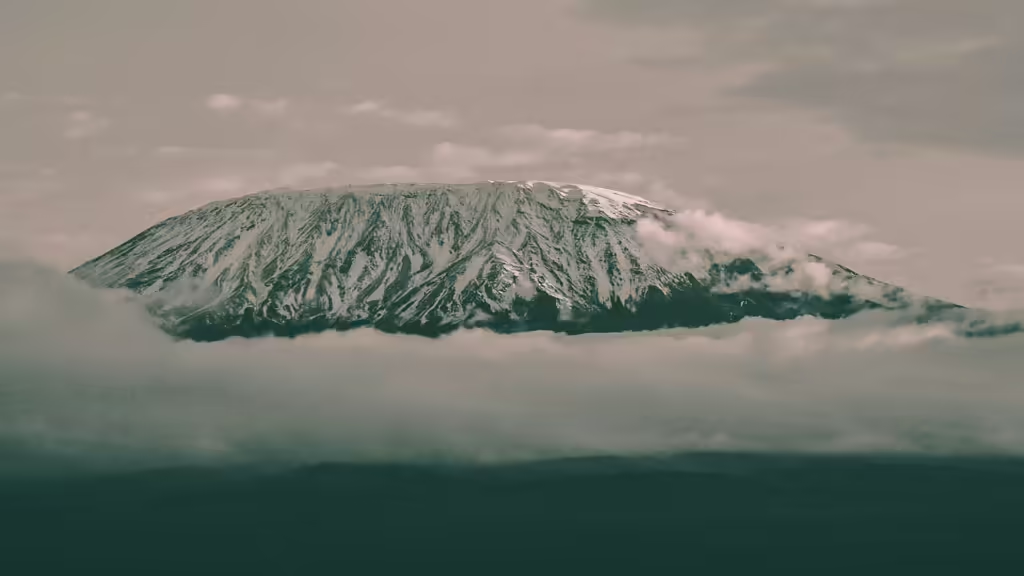
- Location: Tanzania
- Height: 5,895 meters (19,341 feet)
Located in Tanzania, Kilimanjaro is the highest peak in Africa and one of the world’s most iconic mountains. As the tallest free-standing mountain in the world, Kilimanjaro rises dramatically from the plains of East Africa, offering climbers a journey through diverse landscapes and ecosystems.
Challenges: Unlike some of the other Seven Summits, Kilimanjaro is a non-technical climb, meaning that climbers don’t need ropes or specialized climbing equipment. However, its high altitude poses a significant challenge. Many climbers experience symptoms of altitude sickness as they ascend quickly, passing through tropical rainforests, alpine deserts, and finally, icy glaciers at the summit.
The reward for summiting Kilimanjaro is incredible. Watching the sunrise over Africa from Uhuru Peak is a life-changing experience. This climb is ideal for those looking to begin their Seven Summits journey without the technical demands of other peaks. Maximilian Adventures offers expertly guided Kilimanjaro treks, ensuring a safe and successful ascent.
5. Mount Elbrus, Europe
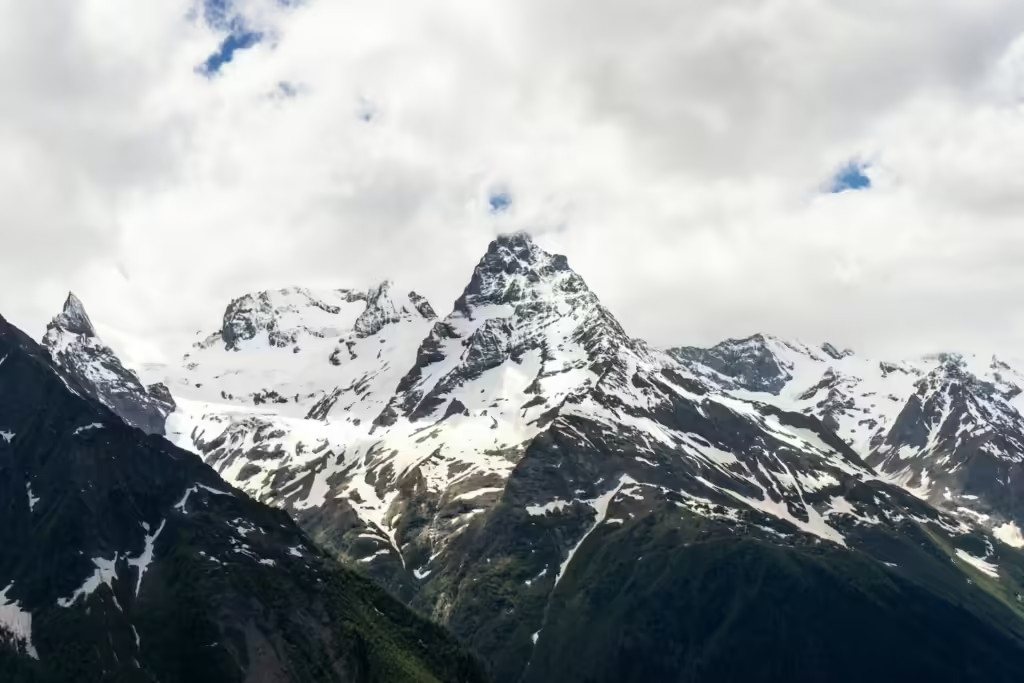
- Location: Russia, Caucasus Mountains
- Height: 5,642 meters (18,510 feet)
Mount Elbrus, located in the Caucasus Mountains of Russia, is the tallest peak in Europe, although its status is sometimes contested by Mont Blanc. Regardless, Mount Elbrus is recognized as one of the Seven Summits, and it attracts climbers from around the world.
Challenges: Mount Elbrus is primarily a glacier climb, and while it doesn’t require extensive technical climbing skills, climbers need to be prepared for cold temperatures, variable weather, and the use of crampons and ice axes. The altitude can also be a challenge, as acclimatization is crucial for a successful summit attempt.
Despite these challenges, Elbrus is often considered one of the more “approachable” climbs on the Seven Summits list, and it provides an excellent opportunity for climbers to gain experience on a glaciated peak.
6. Mount Vinson, Antarctica
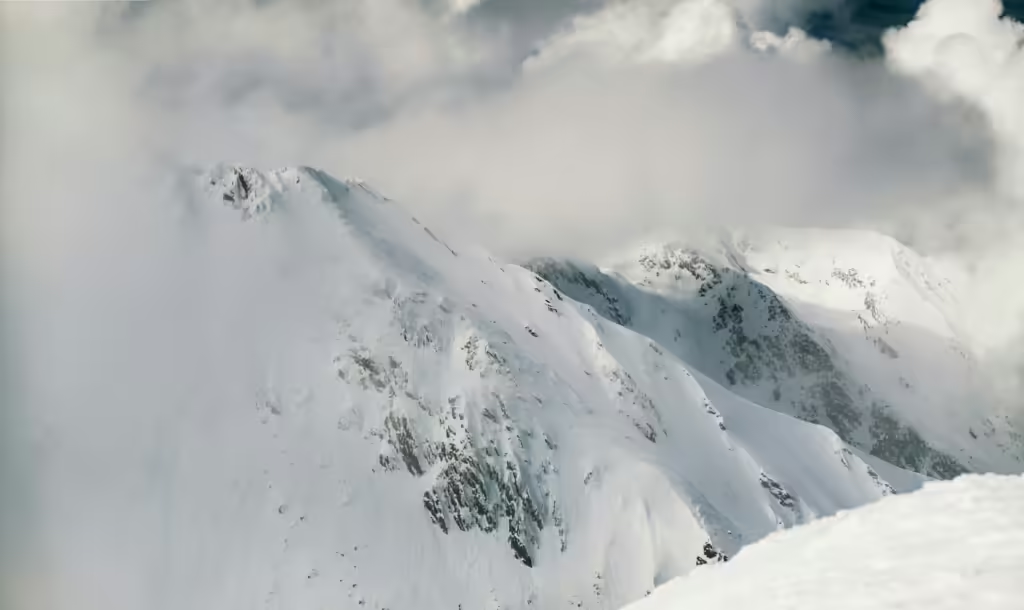
- Location: Antarctica
- Height: 4,892 meters (16,050 feet)
Mount Vinson is the tallest peak in Antarctica and one of the most remote and inhospitable places on Earth. Located within the Vinson Massif, the mountain stands as a frozen giant in the vast, icy wilderness of Antarctica.
Challenges: Climbing Mount Vinson is a true expedition. The first hurdle is just getting there, as the logistics of reaching Antarctica require careful planning and significant costs. Once on the mountain, climbers face extreme cold, with temperatures often dropping to -40°C or below, and persistent winds that create dangerous wind chill factors.
The climb itself is not technically difficult, but the isolation, extreme environment, and lack of resources make it a serious undertaking. Mount Vinson offers climbers a rare chance to experience one of the most remote places on Earth, and standing on its summit provides a unique sense of accomplishment.
7. Puncak Jaya, Australasia/Oceania

- Location: Papua, Indonesia
- Height: 4,884 meters (16,024 feet)
Puncak Jaya, also known as the Carstensz Pyramid, is the tallest peak in Oceania and one of the most challenging climbs in the Seven Summits. Located in the remote highlands of Papua, Indonesia, it’s a technical rock climb that demands skill and determination.
Challenges: Unlike many of the other peaks on this list, Puncak Jaya requires technical rock climbing skills. Climbers must navigate steep rock faces and unpredictable weather, with rain often making the already slippery terrain even more dangerous. The journey to reach the mountain is also a challenge, as it involves trekking through dense jungle and dealing with the region’s political instability.
For climbers looking to add a technical challenge to their Seven Summits journey, Puncak Jaya is a rewarding, albeit difficult, adventure.
8. Mont Blanc, Europe
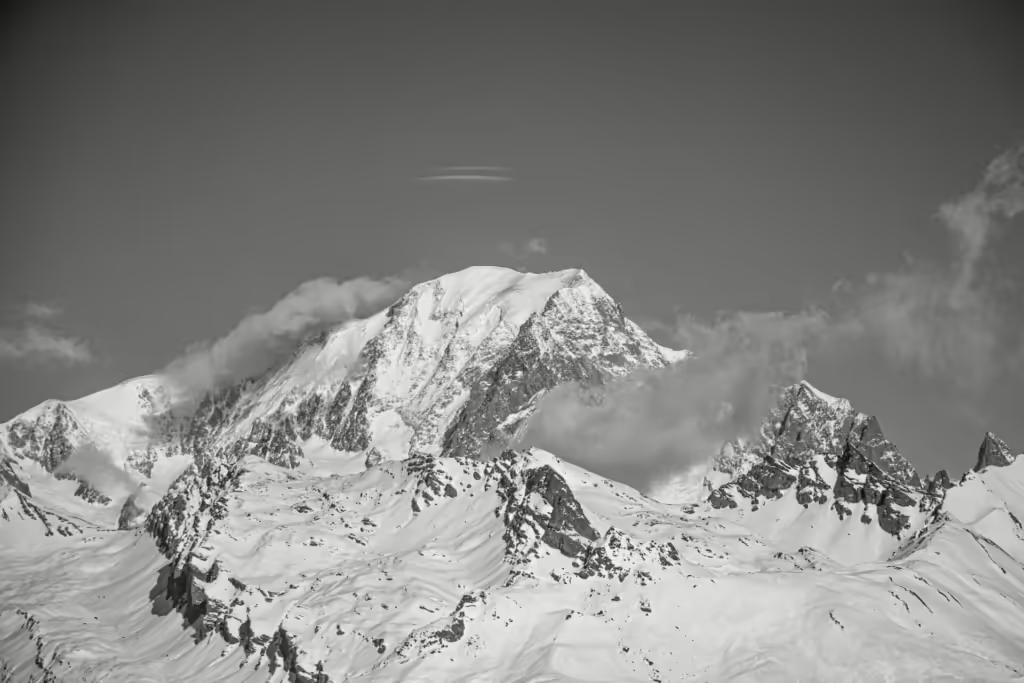
- Location: France/Italy Border
- Height: 4,810 meters (15,781 feet)
Though not officially part of the Seven Summits, Mont Blanc is often included in discussions as Europe’s highest peak. Located in the Alps, Mont Blanc straddles the border between France and Italy and is one of the most climbed mountains in the world.
Challenges: While Mont Blanc is a popular climb, it should not be underestimated. The ascent requires technical climbing on snow and ice, and climbers must be prepared for rapidly changing weather conditions. The altitude also poses a challenge, especially for those unaccustomed to high-altitude environments.
Mont Blanc is beloved for its beauty, with stunning views of the surrounding Alpine peaks, making it a favorite among climbers and tourists alike.
9. Mount Kosciuszko, Australia
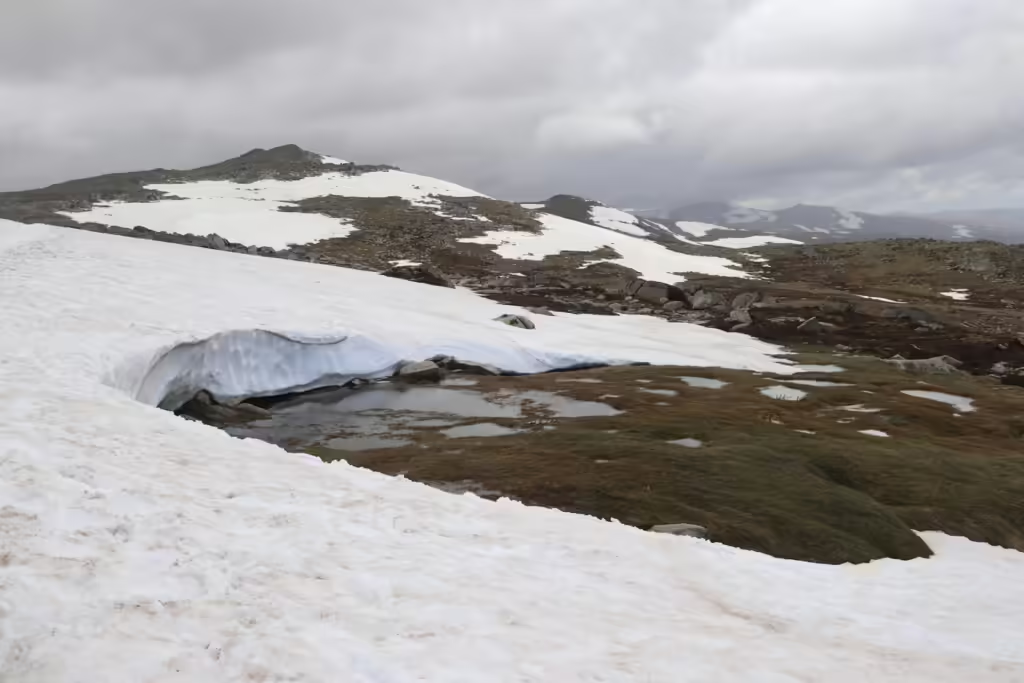
- Location: New South Wales, Australia
- Height: 2,228 meters (7,310 feet)
Mount Kosciuszko is the highest mountain in Australia and the easiest to climb among the Seven Summits. Located in the Snowy Mountains of New South Wales, the climb is more of a hike than a mountaineering expedition.
Challenges: While there are a few technical challenges involved in summiting Kosciuszko, the mountain’s relatively low altitude means it’s often skipped by serious climbers. However, for those completing the Seven Summits based on Richard Bass’s list, Kosciuszko is still an essential part of the challenge.
It’s a great peak for beginners or those looking for a leisurely climb, offering scenic views and an opportunity to experience Australia’s mountain landscapes.
Choosing Your Seven Summits Adventure
When it comes to planning your Seven Summits adventure, several factors should be considered, including your skill level, physical endurance, and budget. Each peak offers a different experience, and deciding which list to follow (Bass, Messner, Hackett) depends on your personal goals.
If you’re just starting your mountaineering journey, Kilimanjaro is an excellent place to begin. It’s one of the most accessible summits, allowing trekkers to experience the joy of standing on top of a continent without technical climbing skills.
Why Kilimanjaro is the Best Starting Point for Your Seven Summits Journey
Kilimanjaro is often the first summit attempted by those taking on the Seven Summits challenge. Its non-technical trek allows adventurers of all skill levels to experience high-altitude climbing, and its diverse landscapes make it one of the most scenic climbs in the world.
Additionally, Kilimanjaro’s accessibility and relatively short trek time make it ideal for those looking to dip their toes into mountaineering. And as the highest free-standing mountain in the world, Kilimanjaro holds its own in terms of grandeur and appeal.
Conclusion
The Seven Summits is the ultimate challenge for any adventurer. From the frozen tundras of Antarctica to the tropical forests of Tanzania, these peaks offer experiences that few can claim to have conquered.
For those looking to start their Seven Summits journey, Kilimanjaro is the perfect place to begin. With Maximilian Adventures, you can trust in our expertise, local knowledge, and experienced guides to make your trek safe, enjoyable, and successful.
Ready to take on the Roof of Africa? Contact Maximilian Adventures today to book your Kilimanjaro trek and begin your Seven Summits journey.
FAQs
What are the Seven Summits?
The Seven Summits refer to the highest mountains on each of the seven continents:
Mount Everest (Asia)
Aconcagua (South America)
Denali (North America)
Kilimanjaro (Africa)
Elbrus (Europe)
Vinson (Antarctica)
Puncak Jaya or Mount Kosciuszko (Australia, depending on definitions)
Which is the easiest of the Seven Summits to climb?
Mount Kilimanjaro in Tanzania is generally considered the easiest of the Seven Summits due to its non-technical route, making it accessible to climbers with minimal experience.
How difficult is it to climb all Seven Summits?
Climbing all Seven Summits is a huge challenge requiring a high level of fitness, technical skills, mental toughness, and financial investment. While some peaks, like Kilimanjaro, are non-technical, others, like Everest and Denali, pose extreme challenges.
How much does it cost to climb the 7 Summits?
The cost varies widely depending on the mountain, guide services, and logistics. On average, climbing all Seven Summits can cost between UDS $170,000 and $200,000.
How long does it take to complete all Seven Summits?
Completing all Seven Summits can take anywhere from 1-10 years, depending on your schedule, physical fitness, and financial resources. Some climbers attempt it in a shorter timeframe, but most spread the climbs over several years.
How many people have climbed all Seven Summits?
As of recent estimates, over 500 people have successfully climbed all Seven Summits. However, the exact number may vary depending on the list used (Kosciuszko vs. Puncak Jaya for the Australian continent).
Which of the Seven Summits is the most dangerous?
Mount Everest is the most dangerous due to its high altitude, extreme weather, and crowded conditions. Denali also poses significant risks with its harsh weather and isolation.
How fit do you need to be to climb the Seven Summits?
You need to be in excellent physical condition, as climbing involves long days, high altitudes, and carrying heavy loads. Cardiovascular fitness, muscular endurance, and mental stamina are key factors for success.
Recent Posts
Where to Stay in Tanzania | Lodges, Resorts and Campsites
Why Chapwani Island Should Be on Your Travel List in 2025
Must-See Waterfalls in Tanzania: A 2025 Traveler’s Guide

Safari




